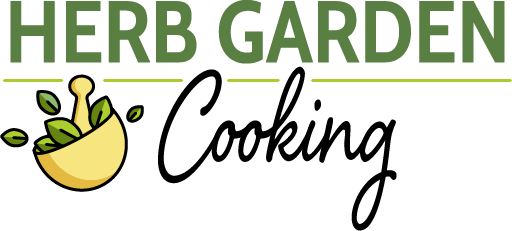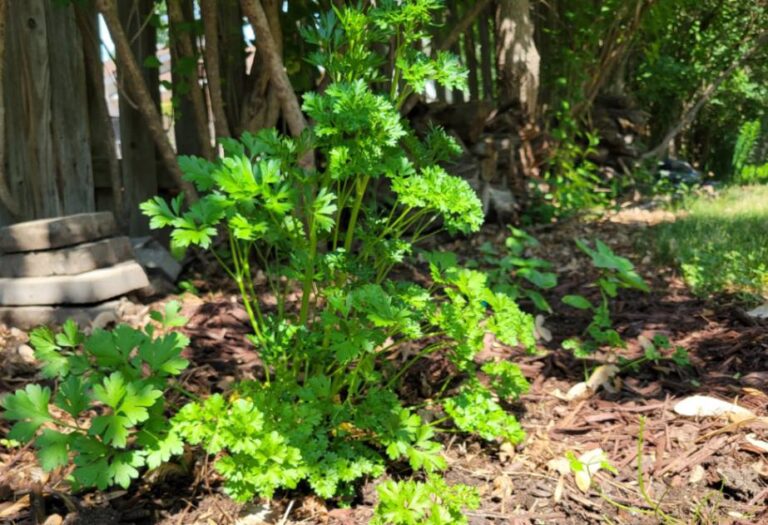This post may contain affiliate links which means I may receive a commission for purchases made through links. I only recommend products that I have personally used. As an Amazon Associate I earn from qualifying purchases. Learn more on my Private Policy page.
Parsley bolting refers to the process where parsley transitions from its vegetative growth phase to reproductive growth. Changes in temperature and daylight hours usually trigger this process. When it bolts, the parsley plant sends up tall flower stalks with small white flowers, and the leaves become more bitter.
So, does parsley bolt? It certainly can. Bolting clearly indicates that the parsley plant is shifting its focus toward producing seeds rather than developing leaves. As a result, I’ve found that the leaves typically lose their vibrant green color and become more bitter. Understanding parsley bolting can help you decide when to harvest your herbs for optimal flavor and appearance.
Table of Contents
See my Comprehensive Guide to Parsley for a deeper dive into this aromatic herb.
What to Do If Parsley Has Bolted?
Remove Thick Stalks to Encourage Growth
If you see early signs of bolting, it’s important to take action as soon as possible. If you see thick stalks developing on your parsley plant, remove them quickly. By doing this, you prevent the parsley plant from diverting all of its energy into seed-producing stalks.
Removing these thick stalks will redirect the plant’s resources towards developing fresh leaves, promoting a healthier and more productive plant overall. In my experience, this process helps to maintain the flavor and quality of parsley leaves.

Remove the Entire Plant After Significant Bolting
If your parsley has bolted extensively or shows signs of decline, it’s best to remove the entire plant. This makes new space in your garden and prevents the bolting plants from taking up valuable garden real estate.
By removing the entire plant after bolting, you create room for planting new herbs or vegetables in its place. This ensures maximum utilization of your garden space while preventing overcrowding.
Harvest Seeds for Future Planting
While bolting may seem undesirable, it does present an opportunity to harvest seeds for future planting. Allow a portion of your parsley plants to complete their lifecycle by letting them fully flower and produce seeds.
Once the flowers have dried out and turned brown, carefully collect the seeds by gently rubbing them between your fingers or using a small container. Store these seeds in a cool, dry place until you are ready to sow them again in favorable growing conditions.
Harvesting seeds not only provides a sustainable way to grow parsley but also allows you to select plants with desirable traits such as robust growth or unique flavors.
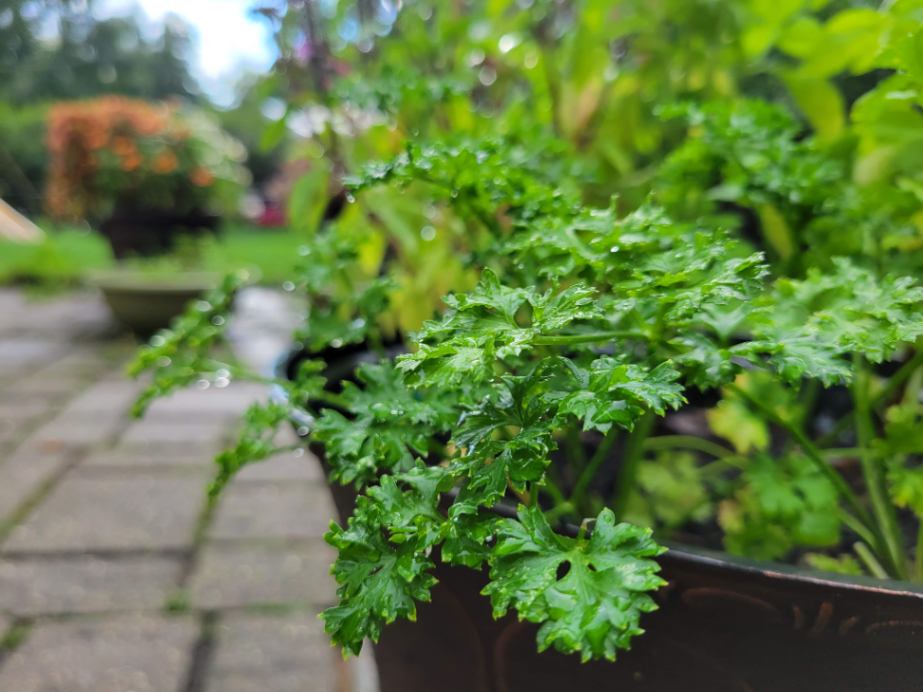
Causes of Parsley Bolting
Influence of Temperature Fluctuations on Parsley Bolting
When exposed to sudden changes in temperature, especially extreme heat or cold, parsley can become stressed and trigger the bolting response. High temperatures can accelerate the development of flower stalks, causing premature bolting, while prolonged exposure to cold temperatures can also induce bolting as a survival mechanism.
The Role of Day Length in Triggering Parsley Bolting
Day length, or photoperiod, is another crucial factor influencing parsley bolting. Parsley is classified as a long-day plant, meaning it requires extended periods of daylight to grow properly. As the days become longer during the summer months, the increased exposure to sunlight signals parsley to transition from vegetative growth to reproductive growth. This triggers the formation of flower stalks and leads to bolting.
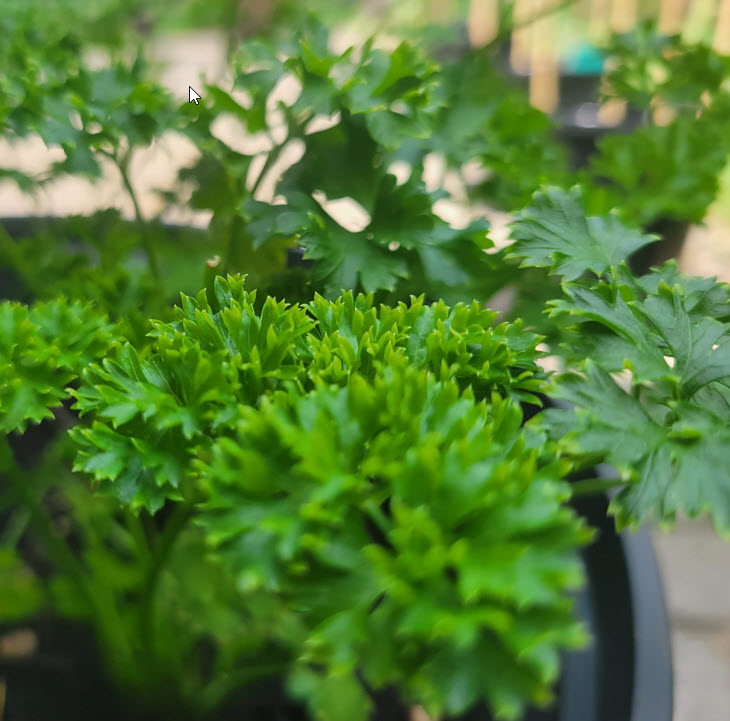
Stress Factors That Can Lead to Premature Bolting in Parsley Plants
Stress factors can contribute significantly to premature bolting in parsley plants. When a plant experiences stress due to these factors, it may divert its energy towards reproduction through bolting as a survival mechanism.
- Inadequate watering is one common stress factor that can lead to parsley bolting prematurely. Insufficient moisture levels in the soil cause stress on the plant’s roots and trigger reproductive growth instead of focusing on leaf production.
- Nutrient deficiencies are another stressor that can disrupt normal growth patterns in parsley plants. When essential nutrients like nitrogen or phosphorus are lacking, it can affect overall plant health and increase susceptibility to bolting.
- Overcrowding is yet another stress factor that can prompt parsley plants to bolt earlier than expected. When plants are planted too closely together without enough space for proper airflow and light penetration, they can become stressed and initiate bolting in response to unfavorable growing conditions.
- Pest infestations, such as aphids or caterpillars, can also cause stress in parsley plants. These pests feed on the plant’s foliage, causing damage and weakening its overall health. In an attempt to reproduce before potential destruction, the plant may bolt prematurely.
Understanding the various causes of parsley bolting is essential for gardeners and growers alike. By managing these conditions, it is possible to prevent or delay bolting in parsley plants.
How to Prevent Parsley from Bolting
To prevent parsley from bolting and ensure a bountiful harvest, there are several effective strategies you can employ.
Choose Slow-Bolting Parsley Varieties
When selecting parsley varieties for your garden, opt for slow-bolting cultivars which are known to resist bolting and produce leaves for an extended period of time. Italian flat-leaf parsley (Petroselinum crispum var. neapolitanum) tends to bolt more slowly than its curly-leafed sibling. By choosing these varieties, you can minimize the risk of premature bolting.

Start or Transplant Parsley During Cooler Months
One effective way to prevent parsley from bolting is to start or transplant your plants during cooler months. Parsley prefers moderate temperatures and can be sensitive to heat stress. By starting your seeds indoors or transplanting seedlings in early spring or late summer, you can take advantage of milder weather conditions that discourage bolting.
Provide Parsley Shade During Hot Summer Months
During scorching summer months, it’s crucial to protect your parsley plants from excessive heat and direct sunlight with adequate shade. I’ve found that parsley planted in a partial shade environment is far less prone to bolting. Providing shade helps to create a cooler environment that discourages the bolting process.
Consider planting taller companion plants nearby that can offer shade to the delicate parsley foliage without obstructing airflow. Alternatively, you can use shade cloth or erect temporary structures like umbrellas or row covers to shield the plants from intense sunlight.
Harvest Regularly to Focus Plant on New Growth vs Bolting
Regular harvesting plays a vital role in preventing parsley from bolting prematurely. When you consistently trim off mature leaves, the plant is encouraged to produce new growth rather than focusing its energy on flowering and setting seed. Aim to harvest outer leaves first, leaving the central growth intact. This practice not only promotes continuous leaf production but also delays bolting.
For more information on when and how to harvest it, check out my article on Harvesting Parsley.
Can You Eat Parsley That is Going to Seed?
Bolting May impact Parsley’s Taste and Texture
When parsley starts to bolt or go to seed, it can impact its taste and texture. The leaves of bolted parsley may become bitter and tough, making them less desirable for fresh use. The flowering stems that emerge from the plant can also be woody and fibrous, which further affects the overall quality of the herb.
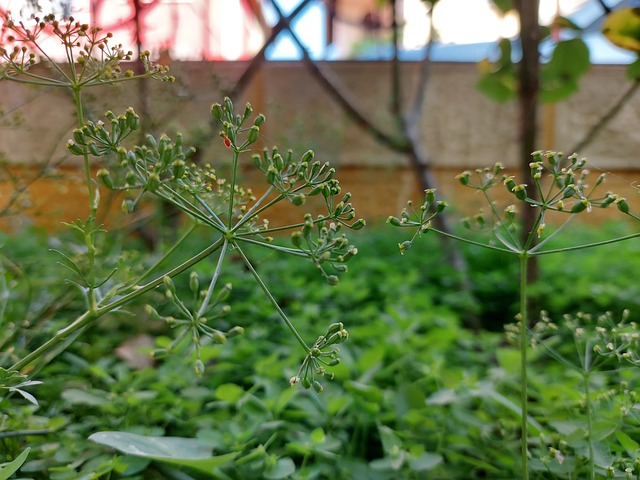
Bolted Parsley Leaves are Better for Cooking Than Used Fresh
While bolted parsley leaves may not be ideal for fresh use, they can still be used in cooking. In fact, some chefs actually prefer using parsley that has gone to seed because the flavor becomes more concentrated. The leaves may lose their freshness but gain a stronger taste when cooked or added to dishes like soups, stews, sauces, or marinades.
Culinary Uses for Flowering or Seeding Parsley Plants
When your parsley plants start to flower or produce seeds, there are several culinary uses you can explore:
- Seeds: Harvesting the seeds from bolting parsley plants allows you to use them as a spice or seasoning. Parsley seeds have a slightly nutty flavor and can be ground up and sprinkled over dishes like roasted vegetables, grilled meats, or even incorporated into homemade bread.
- Seed Heads: The flowering tops of bolting parsley plants are known as seed heads or flower heads. These can be used as a garnish or added to salads for an extra burst of flavor.
- Herb Butter: Infusing butter with chopped bolted parsley leaves adds a unique twist to your spreads. Mix softened butter with finely chopped bolted parsley leaves and spread it on bread or melt it over cooked vegetables.
- Pesto: Instead of traditional basil pesto, try using bolted parsley leaves and garlic, nuts (such as pine nuts or walnuts), Parmesan cheese, and olive oil. This parsley pesto can be used as a sauce for pasta, a spread on sandwiches, or a vegetable dip.
- Flavored Vinegar: Add bolted parsley leaves to a bottle of vinegar and let it infuse for a few weeks. The flavored vinegar can be used in dressings, marinades, or even as a refreshing drink when mixed with water.
Is It OK to Let Parsley Bolt and Flower?
Allowing parsley to flower is a natural process that occurs towards the end of its two-year lifecycle. While it may not be ideal for culinary purposes, there are benefits to letting parsley flower. The flowers attract beneficial insects like bees and butterflies, which can help pollinate nearby plants in your garden. Parsley flowers produce seeds that you can collect and use for future planting.

However, if you want to maintain a steady supply of fresh parsley leaves for culinary use, it is best to prevent bolting by following the proper care techniques outlined above. Remember that once parsley has bolted and gone to seed, the flavor of the leaves may become bitter or less desirable.
Conclusion
Parsley bolting is a natural process triggered by changes in temperature and daylight hours, leading to the development of tall flower stalks and potential bitterness in the leaves. Managing bolting includes techniques like removing thick stalks, harvesting seeds, and even using bolted parsley in cooking.
Understanding the causes and prevention methods can help you make informed decisions about your parsley plants. While allowing parsley to flower has benefits, such as attracting beneficial insects and producing seeds, it may not be ideal for culinary purposes, so preventing bolting is often preferred for maintaining fresh, flavorful parsley leaves.
Last Updated on 27 October 2023 by Bob Lee
